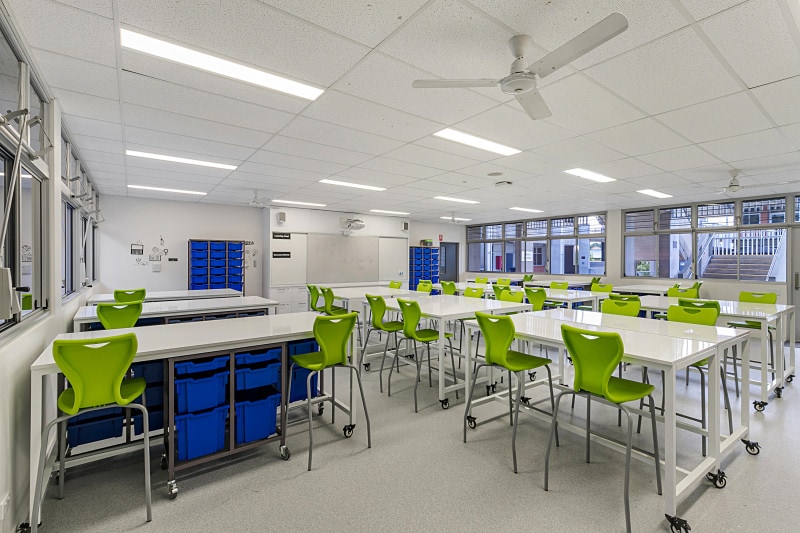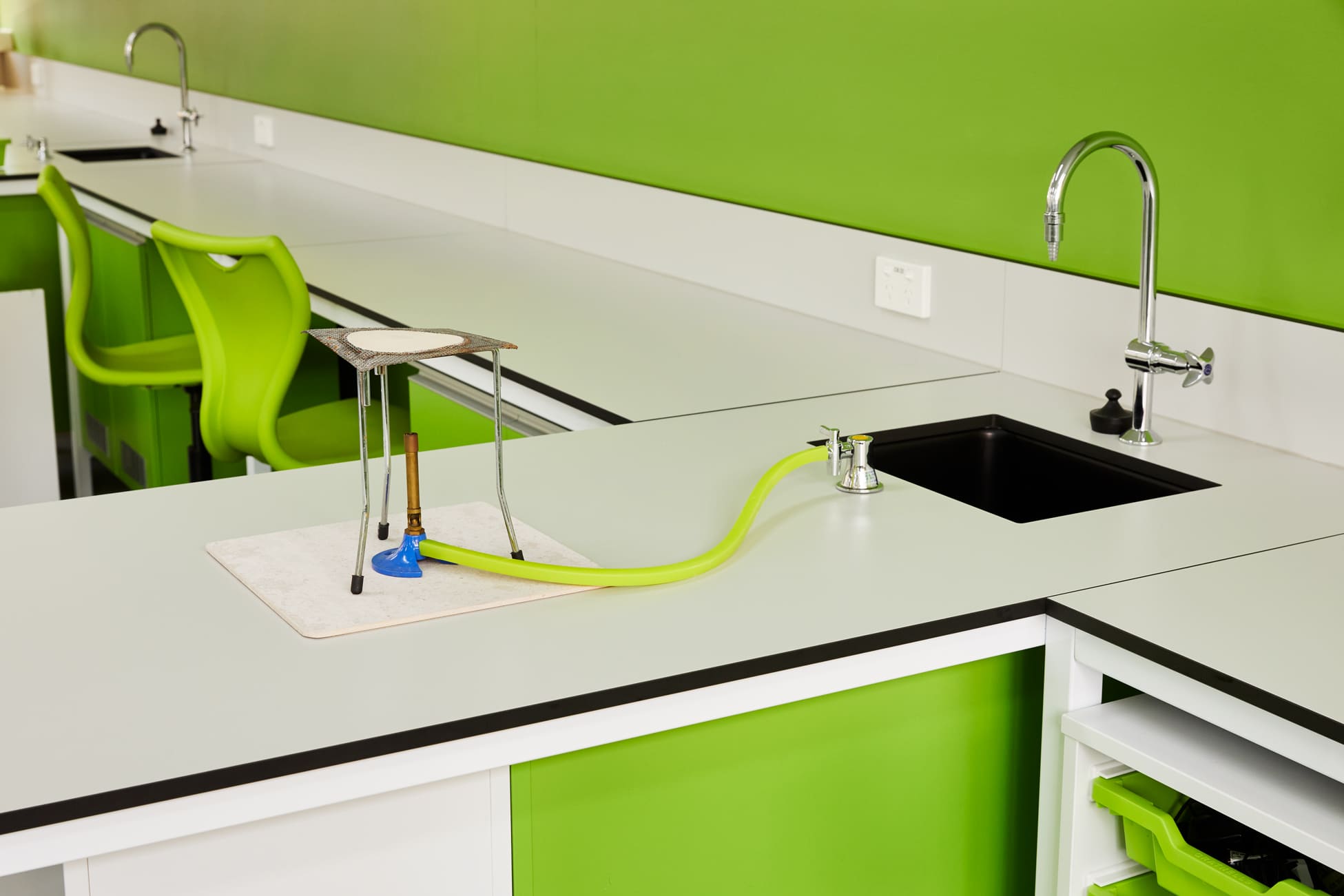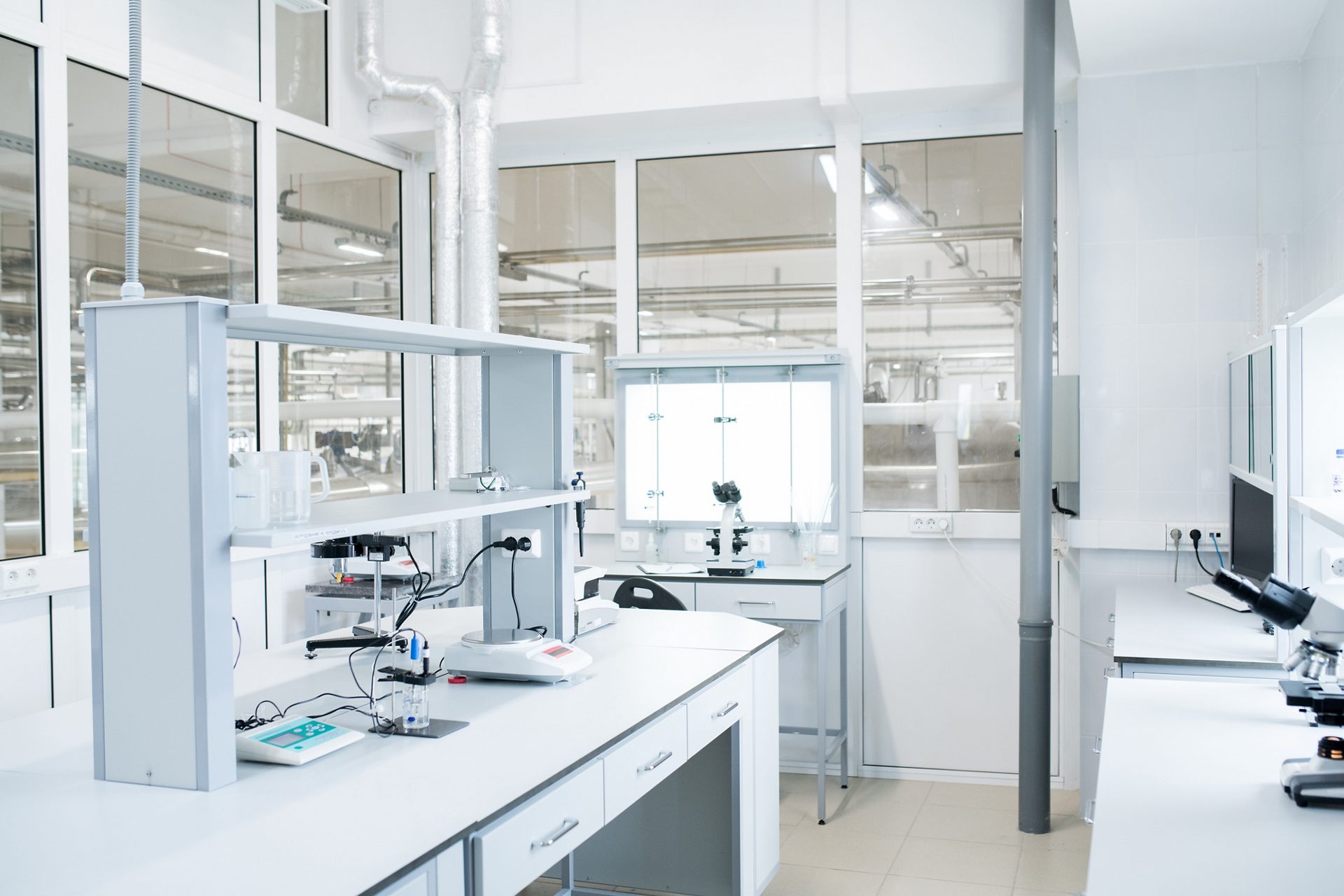In the medical field, the first thing that matters the most is diagnosing the right disease and problem. Without knowing the appropriate issue, it is difficult to hinder it in the first place. There are clinical laboratories to analyse and test. These labs are efficient in tests, diagnosis and treatment of fatal diseases.
Now comes the crucial part—designing simple clinical laboratory floor plans. The design of a diagnostic lab should be practical and user-friendly. However, it should also be fully equipped with the latest tools and equipment to help doctors detect the problem soon.
What Is The Right Approach To Design A Simple Clinical Laboratory Floor Plans?
We cannot assess the right approach for any clinical or engineering lab. The core of the right lab lies in its purpose and functions. The first step must be analysing the type of clinical lab that is about to be established. Once the lab owner chooses it, the rest of the design becomes easy.
Optimising Lab Space
The area of any lab can be the first step when a researcher or lab technician needs clinical lab layout optimisation. One should design a lab that has all the features without wasting a single corner of the lab. Moreover, all the latest installations should be inside the lab for better and more precise diagnostics.
Flexibility And Adaptability
In modern labs, flexible modules are highly preferable. Scientists prefer modular, adjustable, and flexible lab installations that consume less space yet provide the highest performance. However, the lab should always be open to improvement and adaptability. All the machines and tools can adapt to technological and software changes.
Safe And Secure
Clinical labs must be more concerned with radiation, germs, and UV rays than traditional labs. An efficient lab space planning should install a floor plan with all the safety features. However, the doctors and technicians should be trained for any kind of emergency or accident.
Centralised Design
A clinical lab should have a comfortable, centralised layout so doctors and patients can easily communicate. The layout will also help the patient and researcher during blood banking, specimen enquiry, or chemical analysis.
Technological Integration
Plan to integrate laboratory information systems (LIS), automated equipment, and data management systems. Make compact lab floor planning provisions for technological advancements and emerging laboratory needs.
Storage and Accessibility
provide enough storage for reagents, samples, and equipment, keeping them easily accessible yet out of the way. Designate specific storage, waste disposal, and cleaning areas to maintain an organised workspace. One can use laboratory 3d planning tool to improve its storage for longer.
Therefore, designing a simple clinical lab is quite daunting, but it is also rewarding. Space efficient clinical lab designs give a sense of satisfaction that they will help many sick people and researchers find answers to complex questions.
List Of Multiple Types Of Clinical Laboratories
Clinical or Science Laboratory Layouts vary depending on their specific functions, the kinds of tests they perform, and the settings in which they operate.
Here is a list of multiple types of clinical laboratories.
- Hospital Laboratories: Located within a hospital, these labs perform tests on patients admitted or visiting the hospital’s outpatient clinics. They are equipped to handle many tests required for immediate patient care.
- Private or Commercial Laboratories: Independent laboratories that provide services to healthcare providers. They often handle routine and specialised testing that may not be available in smaller hospital labs.
- Public Health Laboratories: Operated by government agencies, these labs focus on detecting, preventing, and controlling infectious diseases. They often conduct tests related to public health surveillance and outbreak investigations.
- Blood Banks and Transfusion Services: Specialized in collecting, typing, and testing blood for transfusions. They ensure the safety and availability of blood and blood products for needy patients.
- Pathology Laboratories: These labs focus on studying diseases, primarily by examining tissue samples, cells, and body fluids. They are integral to the diagnosis of cancers and other tissue-based diseases.
- Molecular Diagnostics Laboratories: Specialize in molecular and genetic testing, including PCR, DNA sequencing, and other techniques to diagnose genetic disorders, infectious diseases, and certain types of cancer.
- Research Laboratories: These labs are often associated with universities or research institutions. They conduct experiments and tests to advance medical knowledge, often focusing on experimental or new diagnostic methods.
The design of simple clinical laboratory floor plans is critical beyond mere aesthetics. A simple yet innovative floor plan can dramatically improve a clinical laboratory’s efficiency, safety, and functionality. By embracing these innovative design strategies, laboratories can meet the current healthcare demands and adapt to future changes and challenges.
Westlab Spaces is a name researchers and scientists can trust for laboratory design solutions. We provide unique and innovative ideas to make the lab more productive and functional. Our lab solutions are critically acclaimed by seasoned engineers for their durability and innovative designs. To read more about us, visit our website now!
FAQs
Lab space optimisation means designing clinical installations that consume less space, are flexible and adjustable, and offer more productive results in a compact space.
The biggest advantage of a compact floor plan is that lab technicians do not have to move much to get tools. Everything will be available on his workstation.
Modular furniture, using artificial intelligence, and multi-tiered storage units can be a good example of a space-efficient lab floor.












